2019 BMW 3 Series Prototype first drive review: Building a better benchmark
/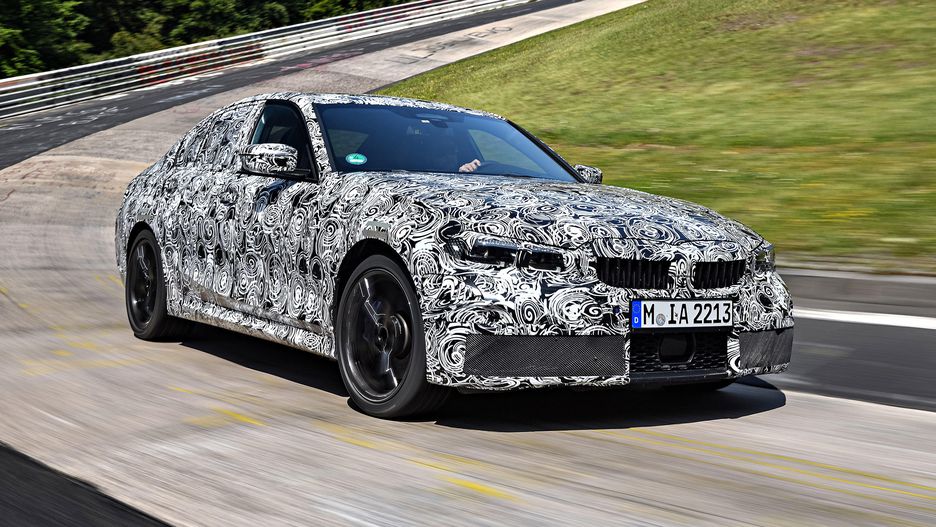
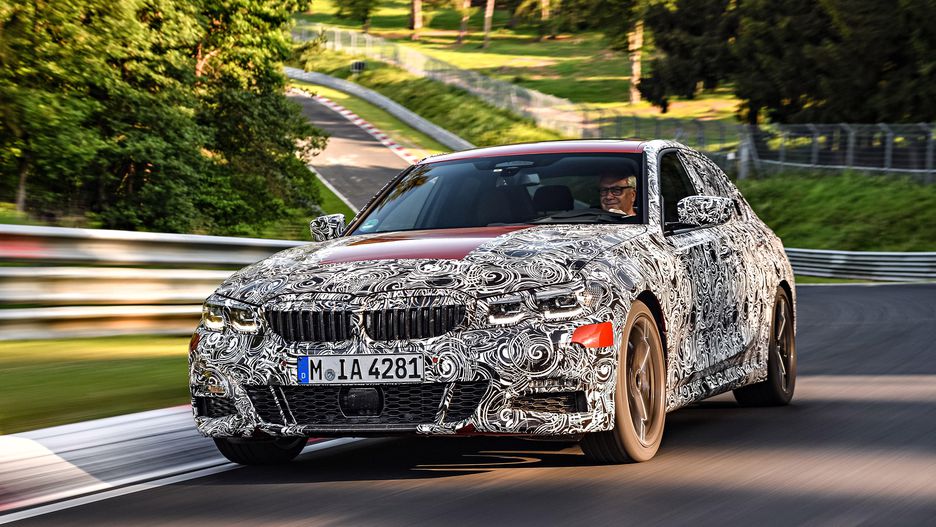
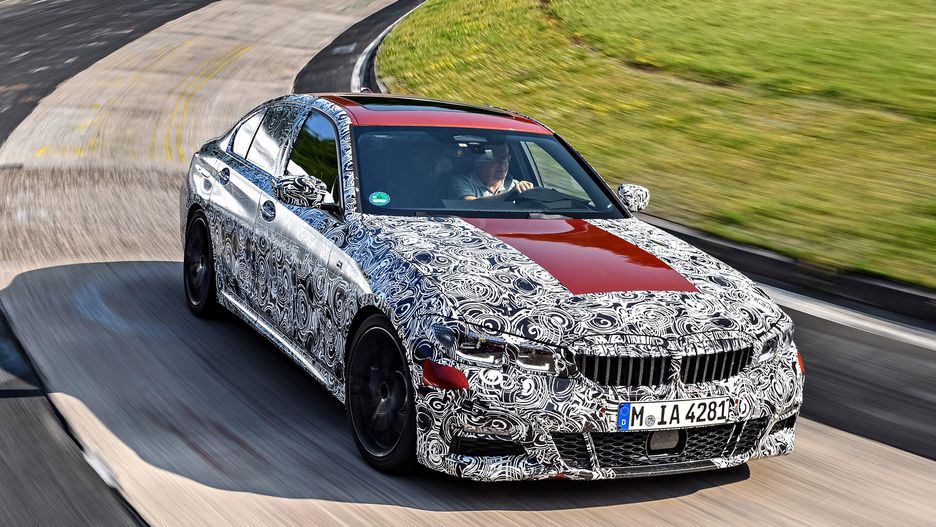
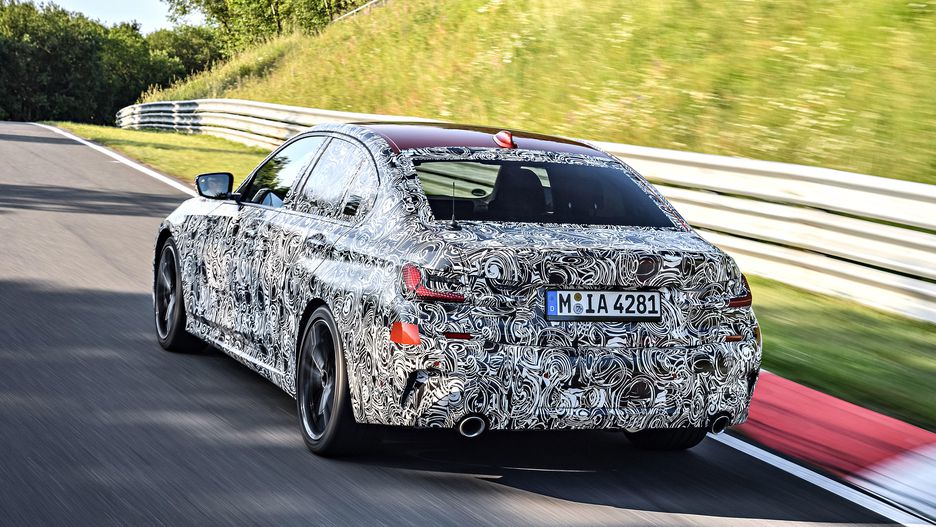
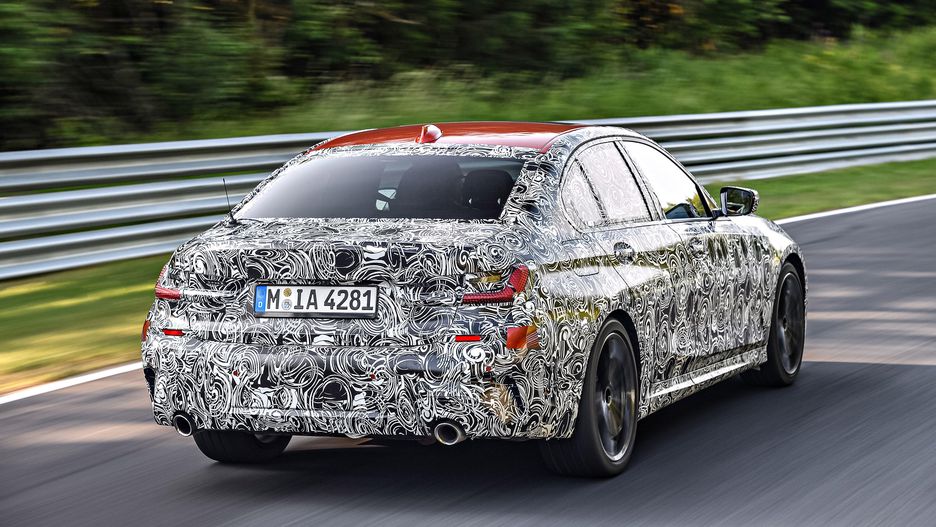
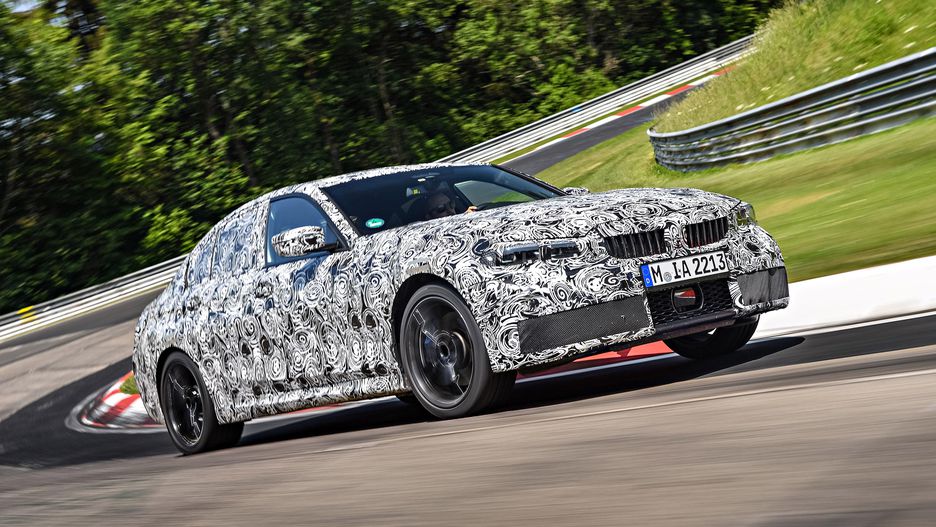
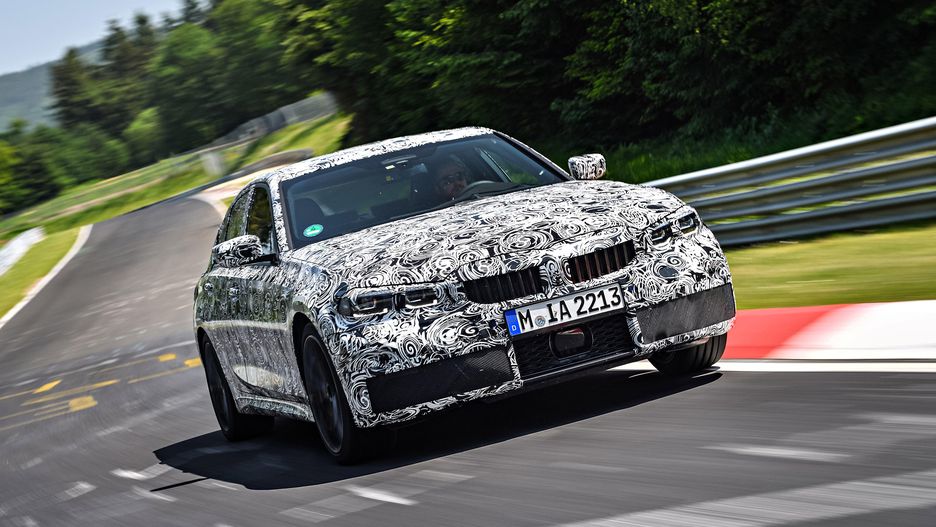
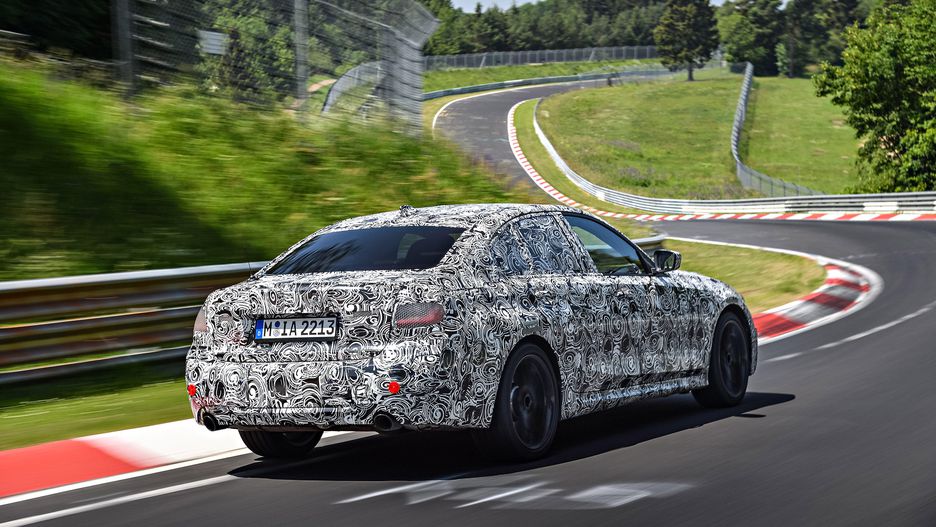
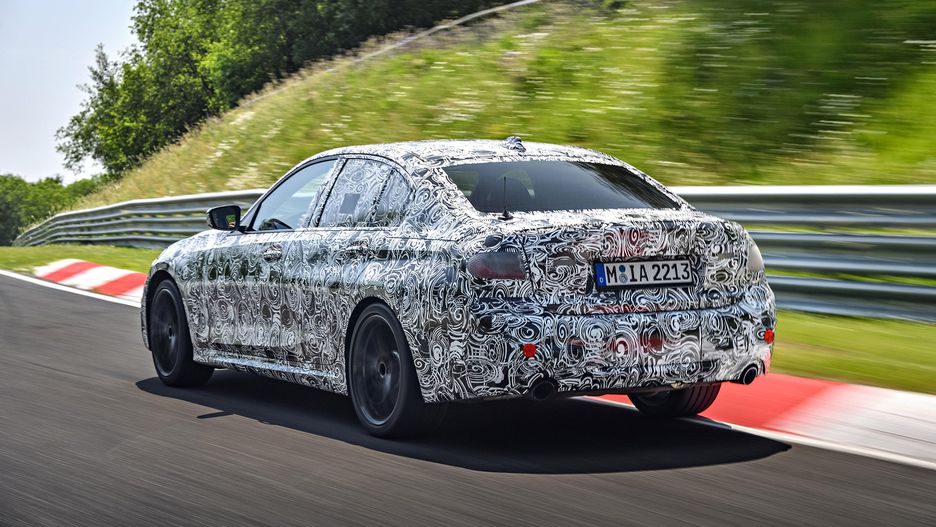
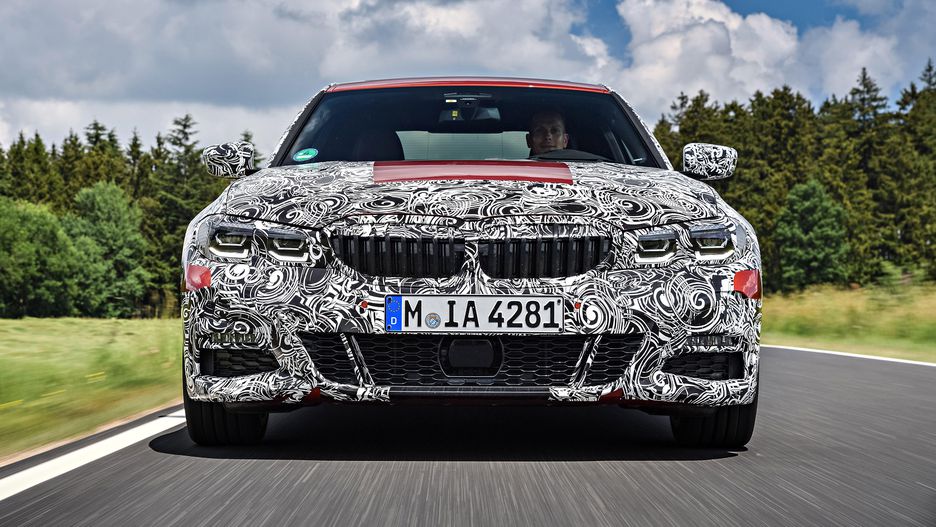
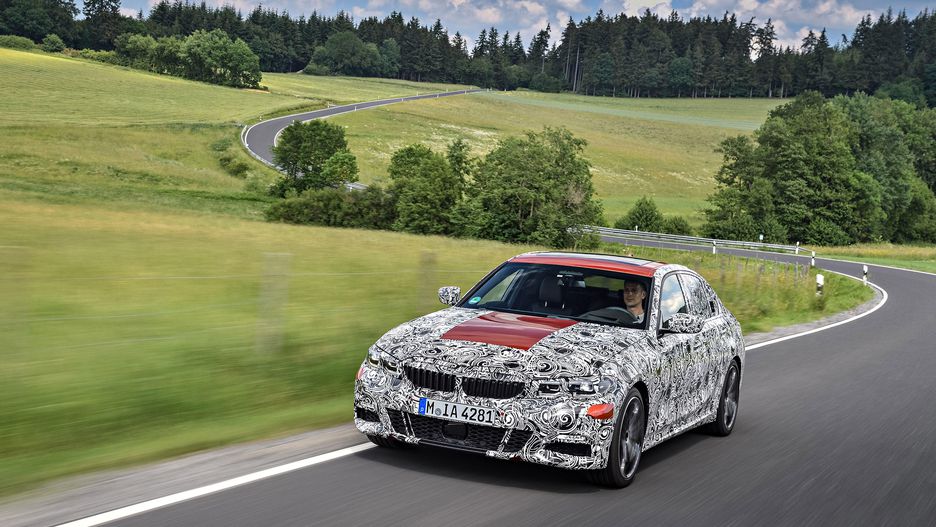
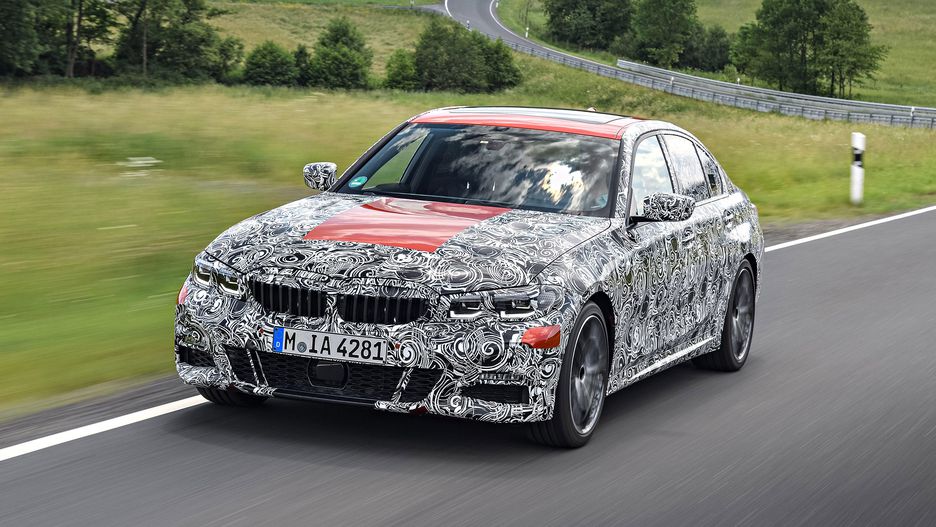
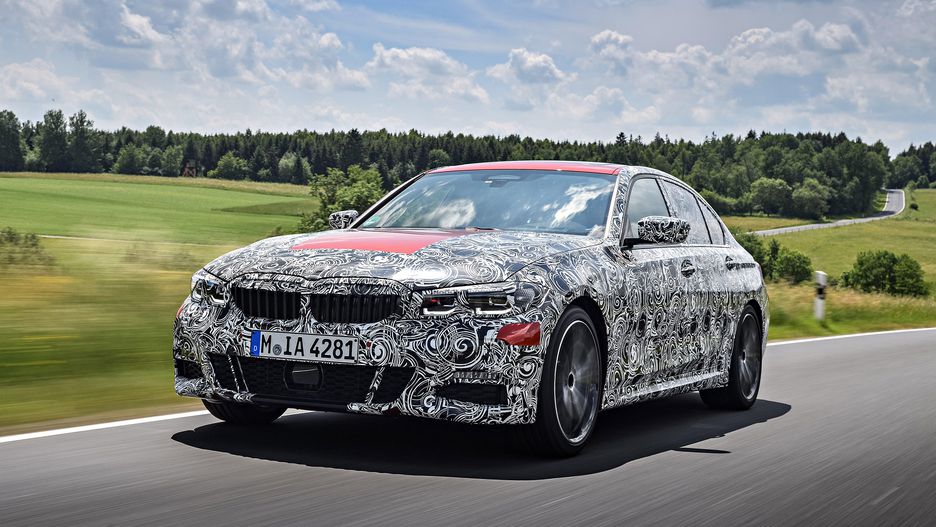
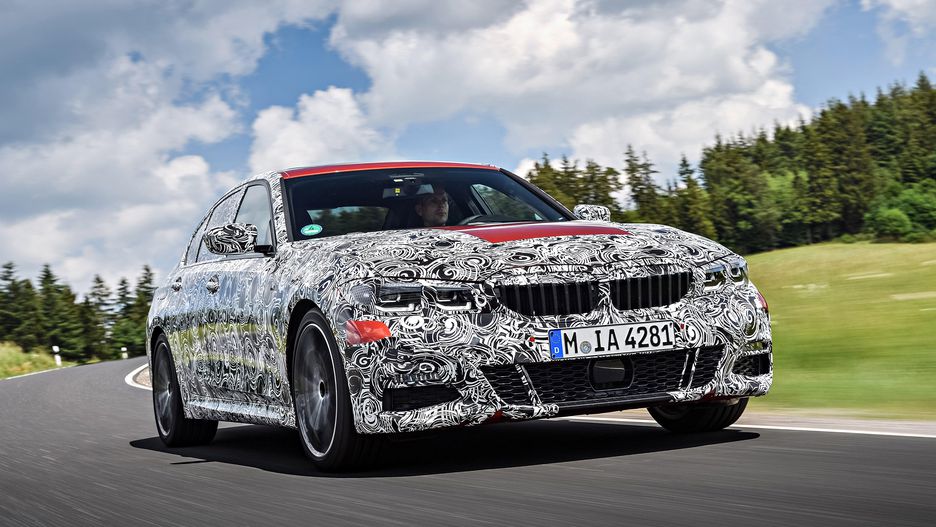
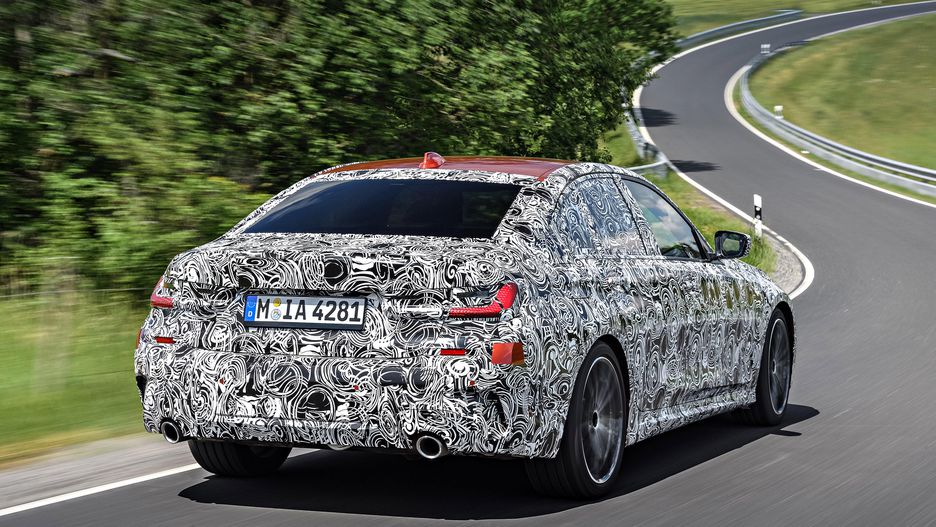
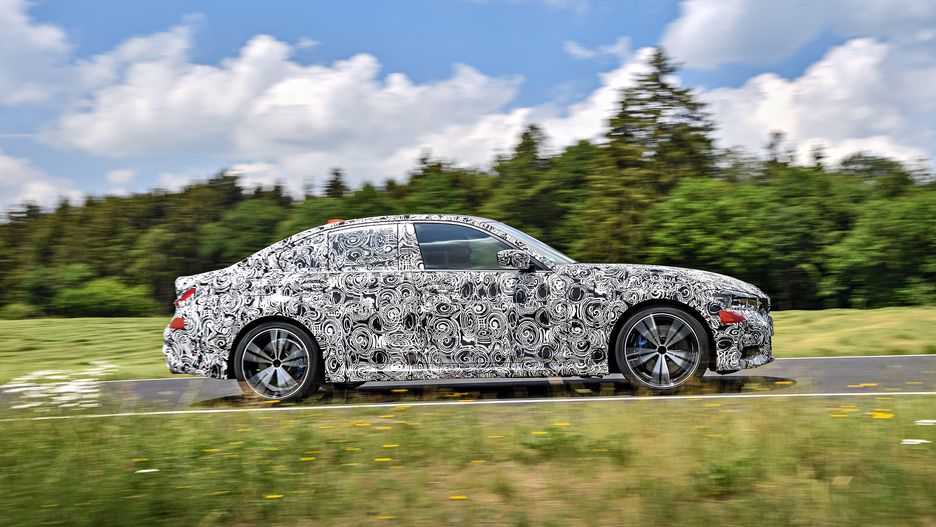
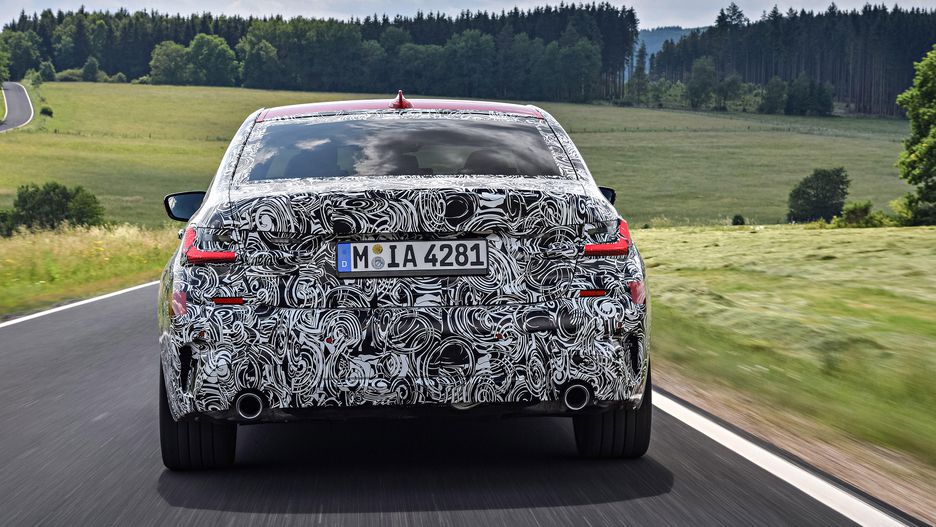
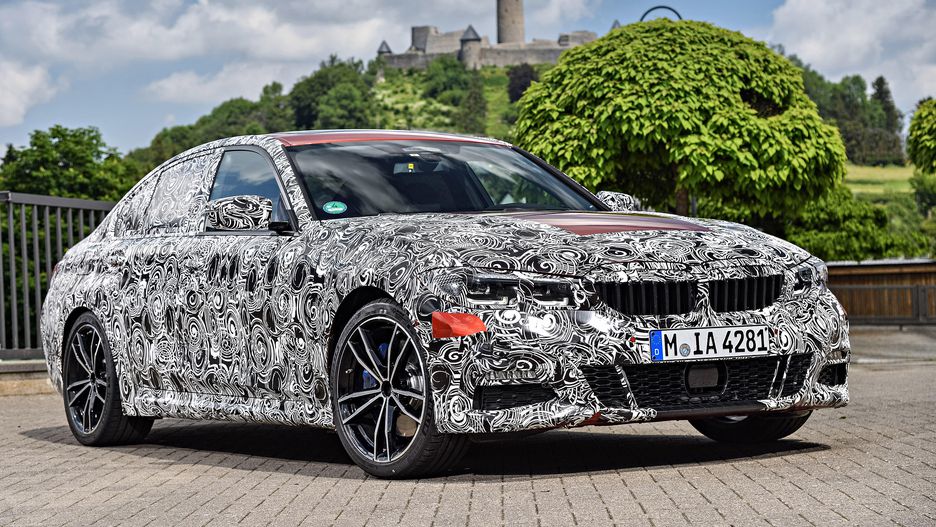
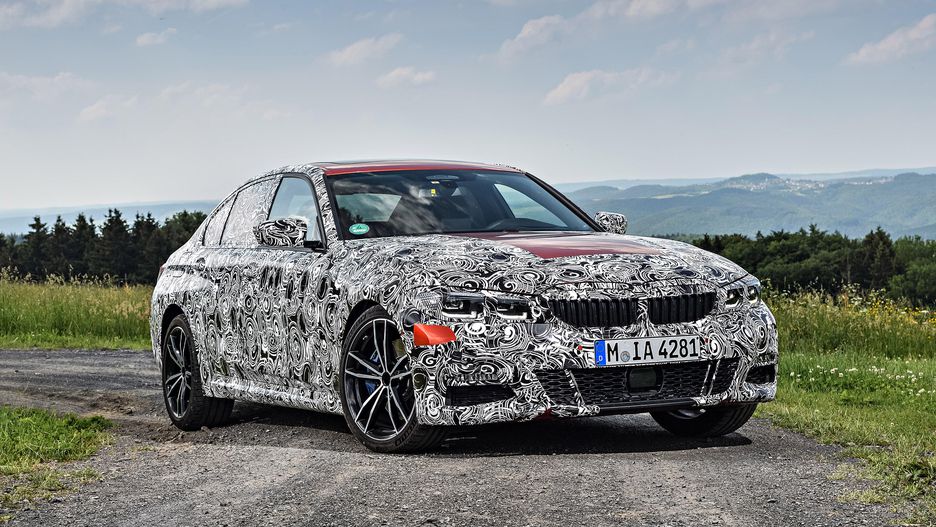
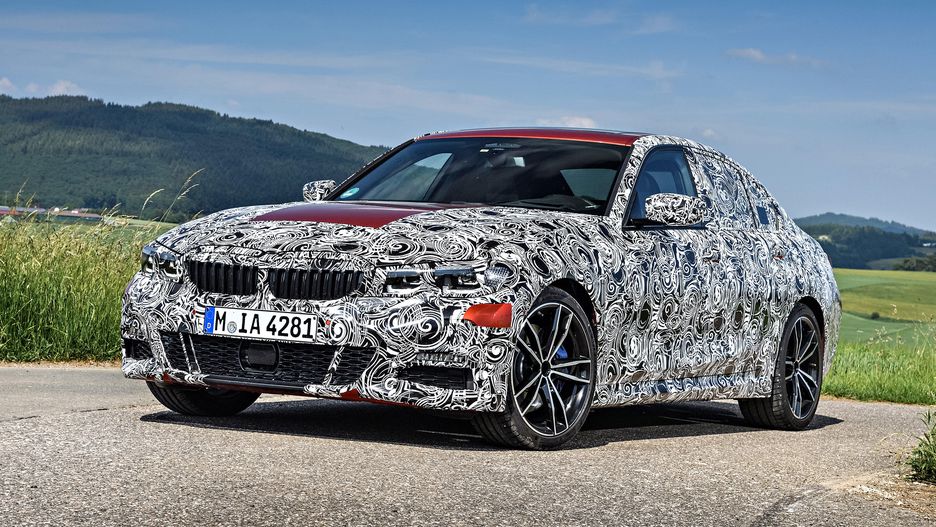
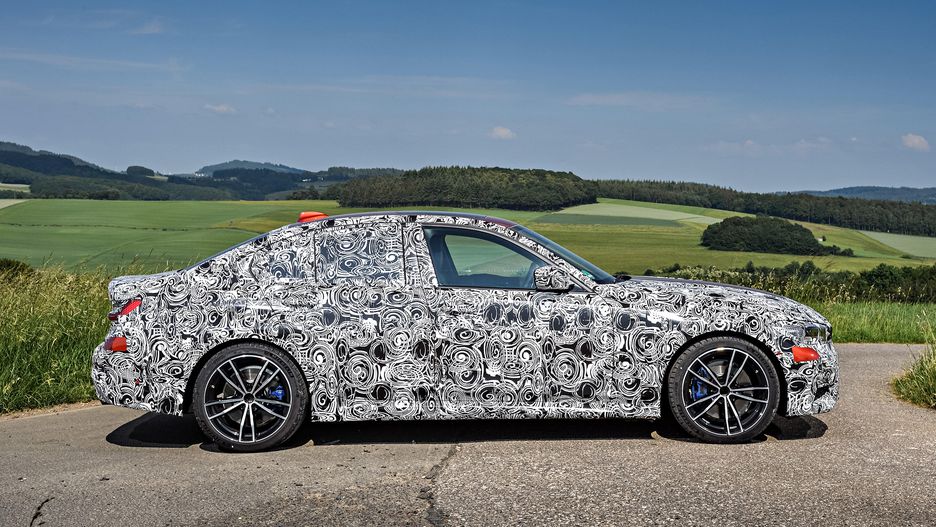

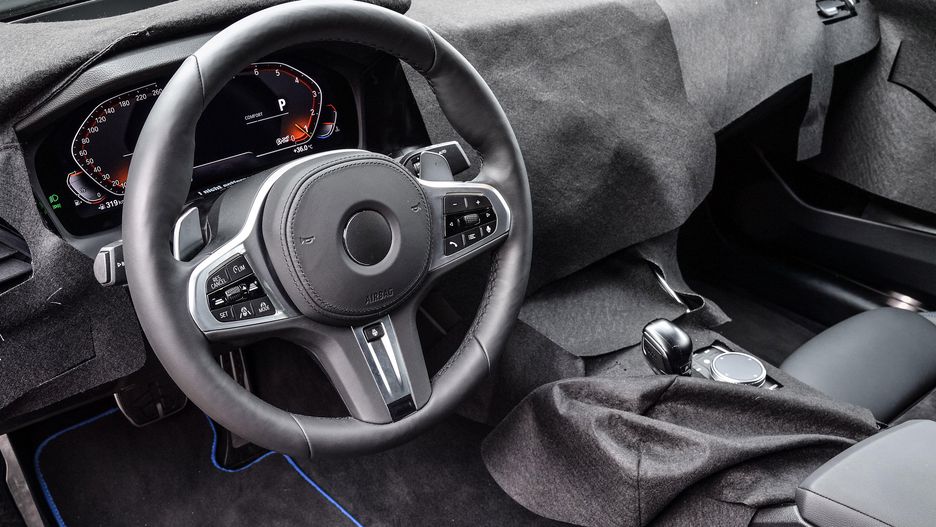
How BMW plans to put the 3 Series back at the top of the very class it created.
By: Steven Ewing - CNET
It wasn't the track time that sold me. Don't get me wrong, I had a heck of a time flinging a camouflaged 2019 BMW 330i prototype around the Nürburgring, smiling for the spy photographers camped out at various corners. But where BMW's brand-new 3 Series really sealed the deal was on the roads outside of Nürburg.
These hilly, winding stretches of pavement are superb in their own right, drizzled across the German Rhineland, connecting the dots between sleepy towns. But more importantly, they're imperfect, and a great place to really fine-tune the luxury/sport balance cars like the 3 Series are known for. Smooth, twisty and engaging, then suddenly rough and ragged, it was out there that the new 3's improvements were most obvious.
Back to basics
Let's face it, the 3 Series ain't what she used to be. The car that served as the benchmark by which all other sport sedans were measured sort of lost its way in its most recent F30 generation, largely due to vague steering and chassis characteristics -- a deficit in the communication enthusiasts had come to expect from Germany's compact icon.
The seventh-generation 3 Series -- G20, for you chassis code nerds -- is a complete, ground-up redesign. Yet it doesn't change the overall formula of BMW's all-important luxury/sport sedan. Instead, it's a back-to-basics approach, focusing on getting the car's core attributes right, right from the start. BMW engineers say they want this new 3er to be nothing less than "the best sport sedan in the world."
It all starts with the body in white. The core structure of the 3 Series is designed to work toward a perfectly balanced 50:50 weight distribution, one that doesn't shift when the rest of the vehicle's components are bolted on. There's a 25-percent improvement in torsional rigidity compared to the F30, with individual stiffness improvements at various points where the chassis meets the body; the front strut mounts, for example, are 50 percent stiffer than before. The finished product is said to be some 120 pounds lighter than its predecessor, as well.
Given the test car's still-camouflaged state, it's hard to discern exactly how much the 3 Series has grown for this new generation. All I know is that BMW says the G20 is "very close" to the current model; the front and rear tracks are 30 millimeters (about an inch) wider than before, and the car sits 10 millimeters closer to the ground.
Familiar power
Right now, BMW can only confirm the existence of 330i and 340i models for the US, though surely, more are in the cards. The current 3 Series, for example, is available in entry-level 320i spec and as a 330e plug-in hybrid. Rumors suggest a higher-output M340i might come our way, too.
BMW only had 330i prototypes available for testing in Germany, with rear-wheel drive and an eight-speed automatic transmission. The 330i uses an updated version of the current model's 2.0-liter turbocharged I4 engine, with 255 horsepower and 295 pound-feet of torque -- increases of 7 and 37, respectively, over today's 330i. However, BMW won't confirm official output numbers until the 3's official debut later this year, so while the 255/295 numbers certainly sound right, don't shoot me if they end up being a smidge off in either direction.
The 2.0-liter engine is perfectly adequate in the current 3, and it doesn't feel discernibly different in the G20 330i. Power builds progressively, with ample torque available at low rpms. The throttle is easy to modulate, and the transmission executes smooth, well-timed shifts in the default Comfort driving mode. Switch the 330i to Sport and it'll quickly downshift upon braking, or use the steering wheel-mounted paddles for crisp, responsive gear-changes. This isn't a dual-clutch automatic, but it certainly shifts like one.
Beautifully balanced
The 2.0-liter engine was never really an issue, so the fact that it hasn't been heavily reworked for the G20 generation is totally logical. Instead, the new car shows its biggest improvements in overall ride and handling characteristics. That new chassis underpinning this 330i is really, really good.
BMW will offer three chassis tunes: a base suspension, a sport setup with 24 percent stiffer spring rates and an adjustable Adaptive M option. The 330i prototype I drove had the sport option, which lowers the car by an additional 10 millimeters. Really, this feels like the one I'd want every day.
Right from the beginning, I could feel a stronger connection to the road. Engineers lowered the tolerances for friction in the steering column, resulting in a 15 percent increase in mechanical feedback through the wheel. That means you get a better sense of exactly what's happening at road level, even if the action of the wheel itself is still a little too springy for my liking -- more on that in a minute.
Regardless of suspension spec, every new 3 Series will use a completely new hydraulic damping system. Unlike traditional springs, with bump stops that redirect energy back down for rebound, the hydraulic setup absorbs impact energy, so the reaction is more natural. In other words, the rebound force you normally experience to quickly unload a shock is instead dissolved, which allows the 3 Series to more smoothly recover from abrupt road-surface jolts.
Said another way, coming into a fast left-hand turn, the road dips on the left side suddenly. But when the left wheels hit the dip, instead of the rebound energy forcing the wheel back down and possibly upsetting the balance of the car, the initial action is met with gentler reaction. You can handle rough patches like this with better balance, and therefore more confidence.
The hydraulic setup doesn't result in a floaty or disconnected feeling at speed, either. Because the hydraulic compressors are only absorbing energy at the higher range of suspension travel, the dampers are still plenty firm under normal load conditions. Thanks to the added road feel through the steering column and perfectly taut chassis, the 330i felt totally composed and stable at 155 miles per hour on an unrestricted section of autobahn.
A sport pack adds the stiffer suspension settings, variable-ratio steering, staggered tires, larger brakes and an optional rear differential lock.
BMW engineers said these test cars were about 85-percent complete at the time of my drive in June, and the suspension validation had been just about locked in. I wouldn't change a thing. On a variety of road surfaces -- and during a few hot laps of the wicked Nürburgring Nordschleife -- I never wanted for firmer or softer damping. Grip was plentiful at all times, too, thanks to the test cars' limited-slip differential and 19-inch Michelin Pilot Sport 4 tires.
If I could make any tweaks, it'd be to the variable-ratio steering, part of a sport pack that includes the aforementioned stiffer springs, along with staggered tires, larger M Sport brakes and an optional rear diff lock. (Base 3 Series models will use a fixed steering ratio.) On one hand, you have the added feedback through the wheel, which is a welcome change of pace. But the often springy response on turn-in leaves a lot to be desired, both at slow speed around town and when entering one of the 'Ring's seemingly endless corners. It's better than the current car, but still not perfect -- at least, not for me, anyway.
In another 330i prototype, a steering engineer rode along with a laptop and adjusted things like torque buildup and electric assist on the fly. Driving my personal preferences back to back with the standard setup, I'll admit, it's close. A little less boost on turn-in and a smidge more weight overall, and I'd be thrilled. That said, this is a car that has to be engineered for hundreds of thousands of different customers worldwide, and everyone's personal preferences and driving styles will no doubt dictate unique preferences. The production-spec steering tune hadn't been decided at the time of my test, so I'll be eager to see if the final car feels noticeably different.
The new 3's interior feels plenty spacious and features a new digital instrument cluster. Unfortunately, we'll have to wait a few months to see all the details.
A promising first look
There's a lot more to discuss with the upcoming 3 Series, namely, what's behind all those black cloth panels inside the cabin. A quick word on the interior, since, you know, I sat in the thing: It feels about the same as the current 3 from a head- and legroom perspective. The 3 Series also gets the same fancy digital instrument cluster we first saw in the 8 Series, set behind a steering wheel that, in M Sport spec, is still too wide in diameter for my liking.
The G20 3 Series will officially bow at the 2018 Paris Motor Show in October, with the first US customer deliveries taking place next spring. We'll get the 330i first, as a 2019 model, and the 340i will arrive a few months later as a 2020. Look for pricing and fuel economy information to be released early next year, as well.
Will the 3 Series once again be the benchmark for the compact luxury/sport class? It's much too early to say. But one thing's for sure: the current car's sore spots have largely been addressed, and as far as ride and handling balance is concerned, BMW may very well reclaim its spot as the enthusiast's choice in the segment.